![]()
Jupiter Light, Florida
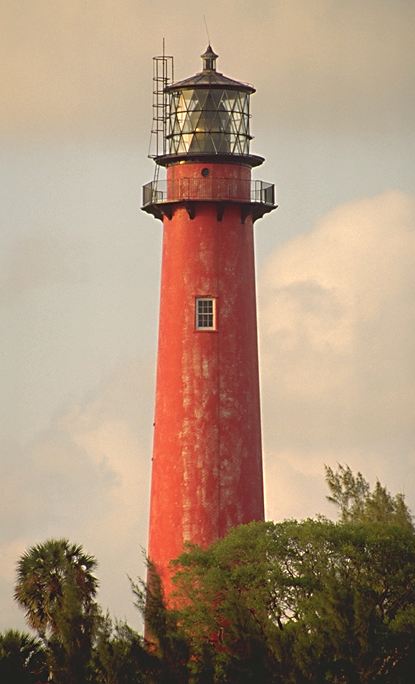
Uncle Ed continued his career in the Coast Guard he had been with the combined Light House Service and Coast Guard for thirteen years. After his tour ended in Alaska he transferred. Ed felt that he needed to go somewhere warm so he went to Florida as a Lighthouse Chief for the Jupiter Inlet Lighthouse Coast Guard Station. The Lighthouse was located in Palm County Florida just north of Palm Beach. The history of the lighthouse goes back to the mid 19th century when a lighthouse was needed to mark a dangerous shoal off "Point" Jupiter. The Florida Lighthouse Board in 1852 recommended that a lighthouse be built near Jupiter Inlet to make the lower coast safer for ships and help mariners avoid the dangerous shoal offshore where the Loxahatchee River flows to the Atlantic Ocean. The original appropriation to build the Jupiter Inlet Lighthouse in 1853 was $325,000. In 1853 the lighthouse site chosen was part of the Fort Jupiter reservation established during the First Seminole War in 1836. George G. Meade, the Union general who defeated General Robert E. Lee at the Battle of Gettysburg,
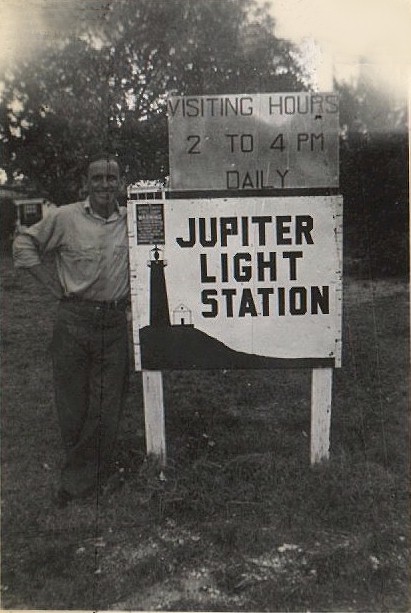
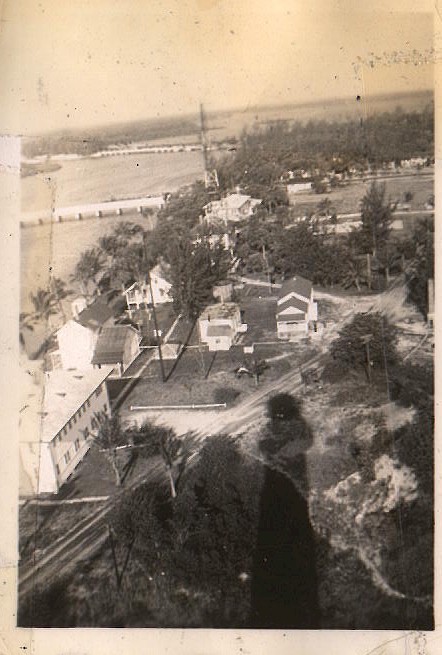 the
brick to such an extent that it was painted red around 1910. In
1928 engineers substituted electricity for the old mineral oil lamps and
cumbersome weights and installed a diesel generator in case of power failure. In
the same year a hurricane struck the tower, smashed one of the bull's-eyes, and
disabled the emergency diesel generator. The keeper had to reinstall the old
mineral lamps and turn the light by hand. During the hurricane, the tower swayed
17 inches from the vertical. The damaged bull's-eye was sent to Charleston to be
reassembled and held together with a band of brass. Also in 1928 a hurricane blew out one of the bulls-eye lenses, which was later reconstructed and reinstalled.
Unique in the history of United States lighthouse stations, the Jupiter Inlet Lighthouse has
the
brick to such an extent that it was painted red around 1910. In
1928 engineers substituted electricity for the old mineral oil lamps and
cumbersome weights and installed a diesel generator in case of power failure. In
the same year a hurricane struck the tower, smashed one of the bull's-eyes, and
disabled the emergency diesel generator. The keeper had to reinstall the old
mineral lamps and turn the light by hand. During the hurricane, the tower swayed
17 inches from the vertical. The damaged bull's-eye was sent to Charleston to be
reassembled and held together with a band of brass. Also in 1928 a hurricane blew out one of the bulls-eye lenses, which was later reconstructed and reinstalled.
Unique in the history of United States lighthouse stations, the Jupiter Inlet Lighthouse has
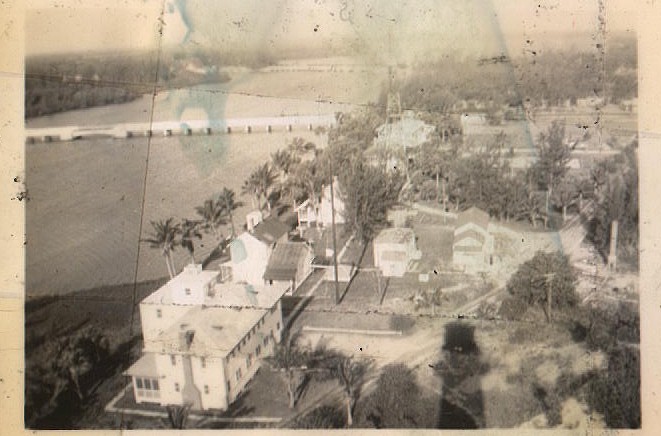
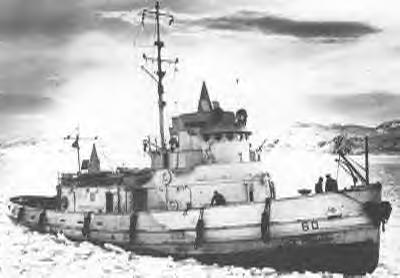
 He attended my wedding in 1989 and he always told me that a career in the service was
the best thing he ever did. When I went into the Navy he was very happy for me
and told me that I was making the right choice in life. I miss him as does the
rest of the family. Uncle Ed spent his last years at the Brockton Veterans Hospital in Brockton Massachusetts, he passed away on September 6, 1998, he was 91.
For more photos Click below to view Uncle Ed's Scrapbook of his Entire Career
Special:
Uncle Eddie's Coast Guard Scrapbook
He attended my wedding in 1989 and he always told me that a career in the service was
the best thing he ever did. When I went into the Navy he was very happy for me
and told me that I was making the right choice in life. I miss him as does the
rest of the family. Uncle Ed spent his last years at the Brockton Veterans Hospital in Brockton Massachusetts, he passed away on September 6, 1998, he was 91.
For more photos Click below to view Uncle Ed's Scrapbook of his Entire Career
Special:
Uncle Eddie's Coast Guard Scrapbook
 Edmund L. Arruda - Homepage
Edmund L. Arruda - Homepage They
Served with Honor : Home Page
They
Served with Honor : Home Page References,
Sources, and Links
References,
Sources, and Links